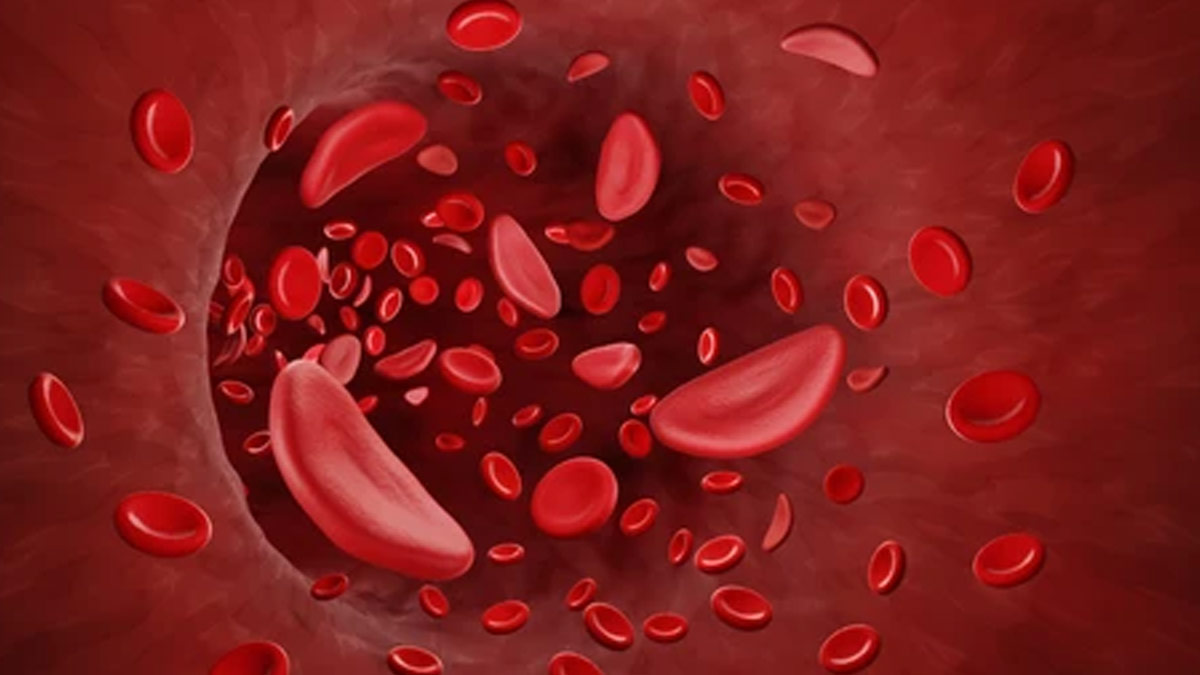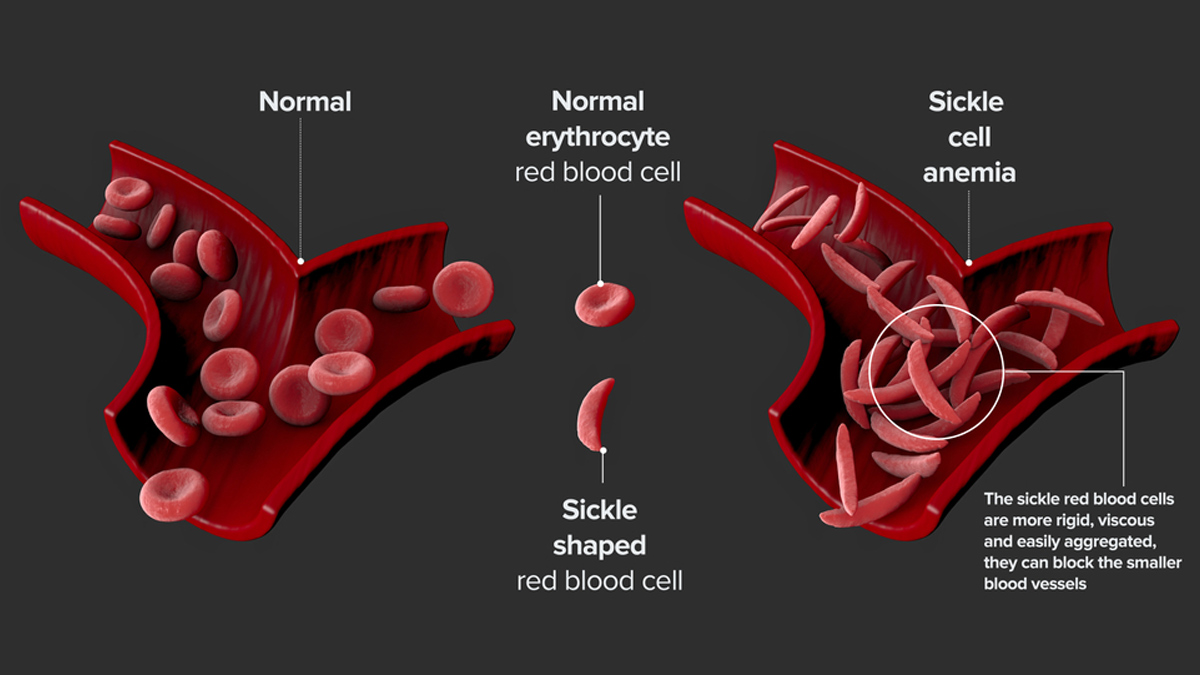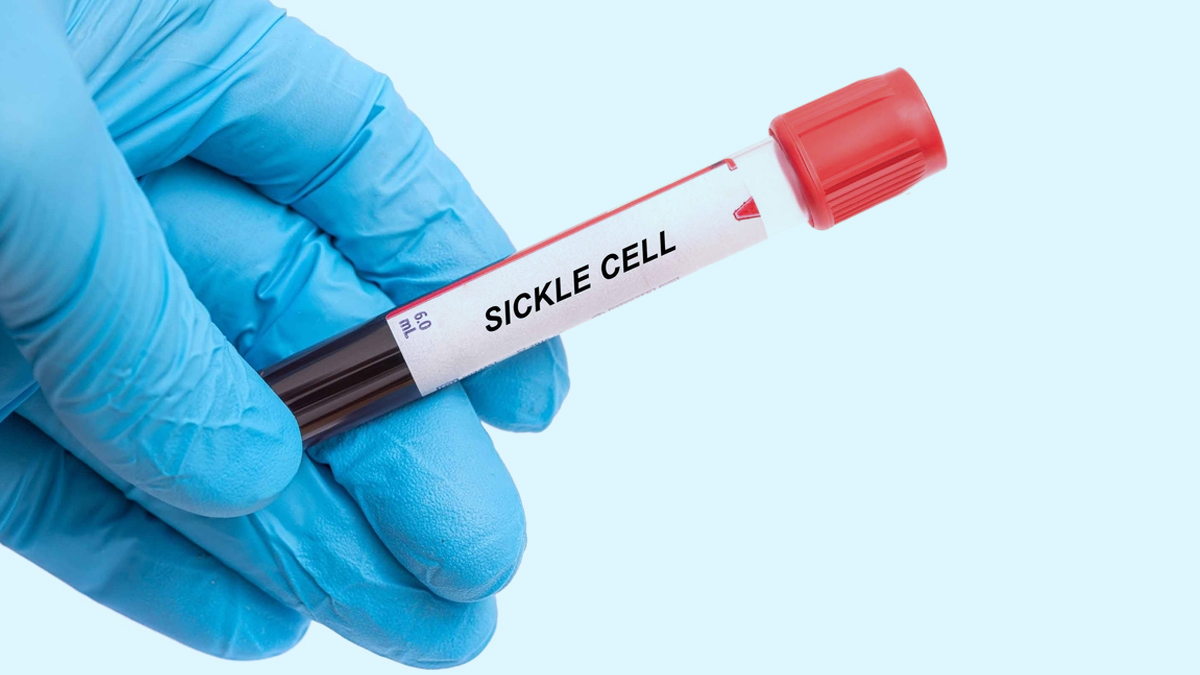
Sickle cell disease is a genetic blood disorder that affects millions of people worldwide. Despite its prevalence, many are unaware of the intricacies of this condition, which can lead to severe complications and a significant impact on quality of life. Understanding sickle cell disease is crucial not only for those who are directly affected but also for their families, caregivers, and the broader community. In this article, we delve into five essential facts about Sickle Cell Disease that everyone should know, shedding light on its causes, symptoms, and the latest advancements in treatment and care.
Table of Content:-
In an interaction with the OnlyMyHealth team, Dr Dipty Jain, Director, Arihant Super Speciality Hospital, Nagpur, spoke about some facts about sickle cell disease that you must know.
Explaining, Dr Jain said, “Sickle cell disease comprises a group of inherited disorders affecting haemoglobin, the oxygen-carrying protein in red blood cells. Typically, red blood cells are disc-shaped and flexible, allowing smooth movement through blood vessels. However, in sickle cell disease, a genetic mutation causes red blood cells to take on a crescent or "sickle" shape. These sickle-shaped cells are rigid and can obstruct blood flow throughout the body.”

The sickle cell gene is notably prevalent among various tribal populations in India, with the rate of heterozygotes ranging from 1% to 40%. In order to raise awareness about sickle cell disease (SCD), World Sickle Cell Day is observed annually on June 19th. Here are five essential facts about sickle cell disease (SCD).
1. Inheritance Pattern
Research says that sickle cell disease is an inherited disorder resulting from a mutation in the HBB gene, responsible for producing the beta-globin part of haemoglobin. Dr Jain said, “It is passed down in an autosomal recessive manner, meaning an individual needs to inherit two mutated genes (one from each parent) to manifest the disease. Those with only one copy of the mutated gene are carriers, often without symptoms, but they can still pass the gene to their children.”
Also read: Sickle Cell Disease Awareness Month: Understanding Diagnosis, And Treatment

2. Haemoglobin SS is Most Prevalent
“Although there are many different kinds of sickle cell disease, the most prevalent form is haemoglobin SS type, often known as sickle cell anaemia,” Dr Jain said. It happens when a person receives a sickle cell trait from both parents for haemoglobin S.
3. Prevalence in India
According to the data shared by the Ministry of Tribal Affairs, one in every 86 births among scheduled tribes (STs) and aboriginal tribal communities (Adivasis) in India is predicted to be affected by sickle cell disease (SCD). It can also be found, to a lesser degree, in Tamil Nadu and Kerala, as well as the Deccan plateau in central India.
4.Symptoms and Complications

SCD displays a variety of symptoms and complications, and their severity may vary. Listing down the symptoms, Dr Jain said, “Common symptoms include anaemia, episodes of acute pain, swelling in hands and feet, frequent infections, and delayed growth in children. Complications like stroke, acute chest syndrome, organ damage, and pulmonary hypertension makes this condition life-threatening.”
Also read: What Is Sickle Cell Disease That Is Affecting 10,000 Indians Every Year
5. Life Expectancy with Advanced Treatment options
While there is no cure for this condition, diagnosis and treatment has significantly improved in the past few years. With advancements in treatment, many individuals with SCD live into their 40s, 50s, and beyond. However, Dr Jain says that the disease can significantly impact the quality of life and lifespan.
“Current management strategies include medications like hydroxyurea, pain management protocols, blood transfusions, and preventive measures such as vaccinations and antibiotics to reduce infection risks,” Dr Jain said, concluding, “Bone marrow or stem cell transplantation offers a potential cure but is not widely available due to the need for a suitable donor and associated risks.” Exciting advancements in gene therapy and CRISPR technology are on the horizon, offering hope for more effective and widespread treatments.
Also watch this video
How we keep this article up to date:
We work with experts and keep a close eye on the latest in health and wellness. Whenever there is a new research or helpful information, we update our articles with accurate and useful advice.
Current Version